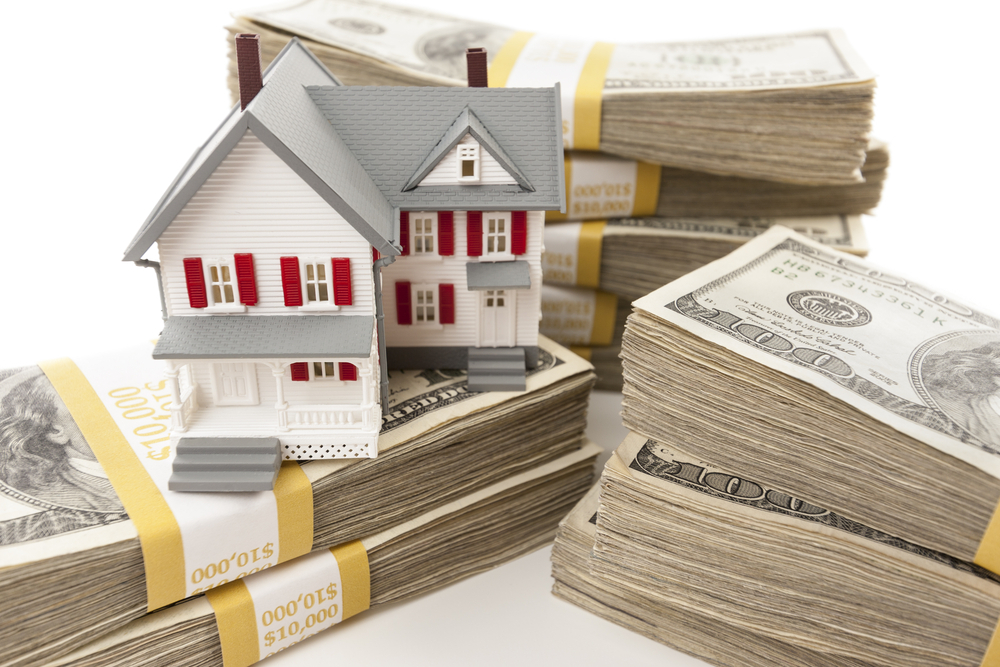Did you know that the average time a house spends on the market can vary significantly depending on several factors? From bustling urban centers to serene rural landscapes, the duration a property lingers can spell the difference between success and stagnation in the real estate market.
Understanding the dynamics of how long a house typically remains on the market is crucial for both sellers and buyers alike. For sellers, it’s about optimizing their selling strategy to avoid prolonged periods of uncertainty and financial strain. For buyers, it’s about gauging the competitiveness of the market and making informed decisions. Let’s delve into the intricacies of this essential aspect of real estate.
Factors Affecting Time on the Market
1. Market Conditions:
While some markets continue to experience a seller’s advantage with high demand and limited inventory, leading to quick sales, other areas might be exhibiting a more balanced market or even a buyer’s market with more homes available. Conversely, in a cold market, where supply outweighs demand, properties can languish for weeks or months. The ebb and flow of buyer interest play a pivotal role in determining how long a house remains on the market.
2. Regional Differences:
Location, as they say, is everything in real estate. Urban areas often experience brisker sales due to higher population densities and increased job opportunities. Rural locales, on the other hand, may see a more leisurely pace of transactions. Understanding the regional nuances is essential for setting realistic expectations regarding time on the market.
3. Seasonal Trends:
The real estate market exhibits seasonal fluctuations, with spring and summer typically heralding increased activity as families aim to settle before the start of the school year. Conversely, the winter months may witness a slowdown as inclement weather and holiday festivities take precedence over house hunting.
4. Property Specifics:
Several factors pertaining to the property itself can influence its marketability and, consequently, its time on the market.
- Listing Price: Pricing a house too high can deter prospective buyers and result in an extended stint on the market. Conversely, pricing it competitively can spark interest and expedite the selling process.
- Condition of the House: First impressions matter. A well-maintained property with appealing curb appeal is more likely to attract buyers than one in disrepair.
- Unique Features: While unique features can enhance a property’s allure, they may also narrow the pool of potential buyers, thus lengthening the sales process.
5. Presentation and Marketing:
In today’s digital age, effective presentation and marketing can make all the difference in attracting buyers’ attention.
- Quality Photos and Virtual Tours: Compelling visuals can pique buyers’ interest and prompt them to schedule viewings.
- Open Houses and Showings: Making the house readily accessible for showings can expedite the selling process by accommodating buyers’ schedules.
- Agent Expertise: A skilled real estate agent armed with market insights and negotiation prowess can facilitate a smoother transaction and mitigate potential roadblocks.
Considering “Days on Market” (DOM)
1. Average DOM:
The concept of Days on the Market (DOM) quantifies the duration a property remains listed before attracting an offer. While national averages provide a useful benchmark, it’s essential to contextualize these figures within the local market dynamics.
2. DOM as a Benchmark:
While DOM offers valuable insights into market activity, it shouldn’t be the sole determinant of a property’s desirability. A high DOM can signal underlying issues such as overpricing or inadequate marketing rather than inherent flaws in the property itself.
3. Stale Listings:
Properties that linger on the market for an extended period risk being perceived as stale, potentially deterring buyers and triggering price reductions. Proactive measures are necessary to prevent listings from stagnating.
Strategies for Sellers
- Price Right from the Start: Conducting a thorough comparative market analysis and pricing the property competitively can attract buyers and expedite the selling process.
- Be Flexible with Showings: Accommodating buyer requests for showings, even at inconvenient times, can demonstrate a seller’s commitment and hasten the sale.
- Re-evaluate After a Set Timeframe: If a property fails to garner offers within a predetermined timeframe, sellers should collaborate with their realtor to reassess pricing and marketing strategies.
Conclusion
In the dynamic realm of real estate, understanding how long a house should be on the market before it sells is essential for both sellers and buyers. Market conditions, property specifics, and effective marketing strategies all influence the duration a property remains listed. By leveraging insights from Days on Market metrics and implementing proactive selling strategies, sellers can navigate the selling process with confidence. Remember, consulting with a qualified real estate agent in NY is paramount for achieving optimal results in today’s competitive market landscape.






